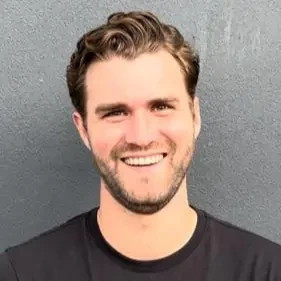Hi, I come from a social science background and so am practising case calculation to help with my interview with McKinsey. Would anyone be able to help explain how I can solve the following 2 problems quickly? Thank you!
1. A shoe factory has a maximum capacity of 12,000 workers. It started off with 1200 workers and recruited 280 new workers every month. After 6 months, the factory directors decided to hire 375 new workers every month. After another 6 months, they decided to hire 460 new workers every month. How many months will it take (from the very beginning) the factory to reach its maximum capacity? Round up your answer to the nearest whole number.
2. On average, a Frenchman consumes 560,000 liters of water each year. That number for a German is 430,000 liters and 120,000 liters for a Dane. The average price of water at these three countries is $1.6 per liter. Calculate the ratio of water consumption between France, Germany and Denmark in term of $ value, i.e.: amount paid for consuming water.














